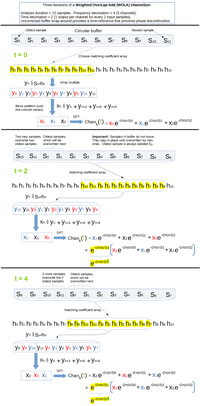
Photo from wikipedia
In waveform-adaptive space-time adaptive processing (STAP), signal-dependent interference can be mitigated through joint filter-signal design. For the common signal-to-interference-plus-noise ratio (SINR) optimality criterion, these designs result in biquadratic problems, which… Click to show full abstract
In waveform-adaptive space-time adaptive processing (STAP), signal-dependent interference can be mitigated through joint filter-signal design. For the common signal-to-interference-plus-noise ratio (SINR) optimality criterion, these designs result in biquadratic problems, which can be efficiently solved through joint relaxation. In this paper, we consider the addition of two realistic waveform constraints to this process, constant modulus (CM) and the similarity constraint (SC), and demonstrate that they are both amenable to a quadratic semidefinite program (QSDP) via relaxation. We examine the optimality conditions of the newly constrained problems and demonstrate, both analytically and numerically, improved performance over existing iterative techniques. To increase solution robustness, additional refinement strategies for rank-inflated relaxed solutions are also provided and analyzed which extend the aforementioned performance gain.
Journal Title: IEEE Transactions on Signal Processing
Year Published: 2020
Link to full text (if available)
Share on Social Media: Sign Up to like & get
recommendations!